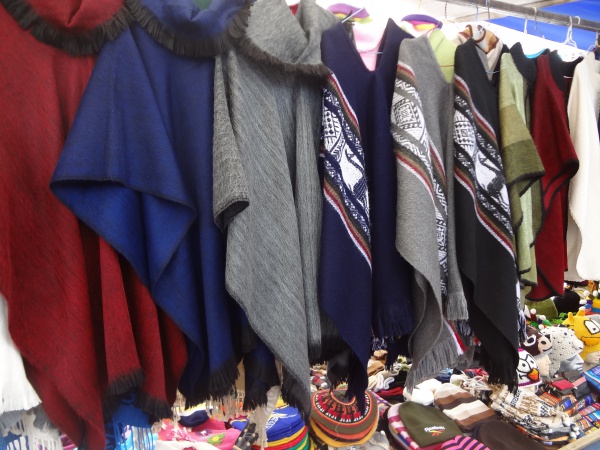Facts About Alpaca
Alpacas, the charming and smaller relatives of llamas, originate from South America. They descend from the wild vicuña and are primarily raised for their luxurious fiber, which is spun into various textiles. Unlike llamas, which are larger and often used as pack animals, alpacas are more delicate and smaller in stature.
One of the most fascinating aspects of alpacas is their communication through body language. Generally peaceful, males can be more aggressive, especially when asserting dominance. Domesticated for thousands of years, alpacas share a close relationship with vicuñas.
There are two main breeds of alpacas: the fluffy Huacaya and the silky Suri. These social creatures thrive in family groups and can even be trained to provide therapy. Additionally, they exhibit a quirky habit of spitting when stressed or trying to establish their place in the herd.
In the textile industry, "alpaca" usually refers to the fiber from Peruvian alpacas. This fiber is highly prized for making various clothing items and accessories. Alpacas have a lifespan of about 15-20 years and are typically found in the mountainous regions of South America. They have a unique three-chambered stomach and require a diet mainly of grass hay, supplemented with other foods to stay healthy.
Interestingly, alpacas were at the center of a speculative bubble in the early 2000s, which led to a temporary spike and subsequent drop in their prices. Despite this, they remain an integral part of Andean culture with deep historical connections to rituals and religious practices.
Alpaca fleece is renowned for being warm, hypoallergenic, and incredibly soft. Each year, alpacas are sheared to collect this valuable fiber. The quality of the fleece determines its market value. As livestock, alpacas require minimal housing but need protection from predators. They are a sustainable source of fiber since they don’t need to be slaughtered to produce it.
In Andean culture, alpacas are more than just animals; they are symbols of fertility and luck, deeply woven into the cultural fabric and legends of the region.

 Peru
Peru